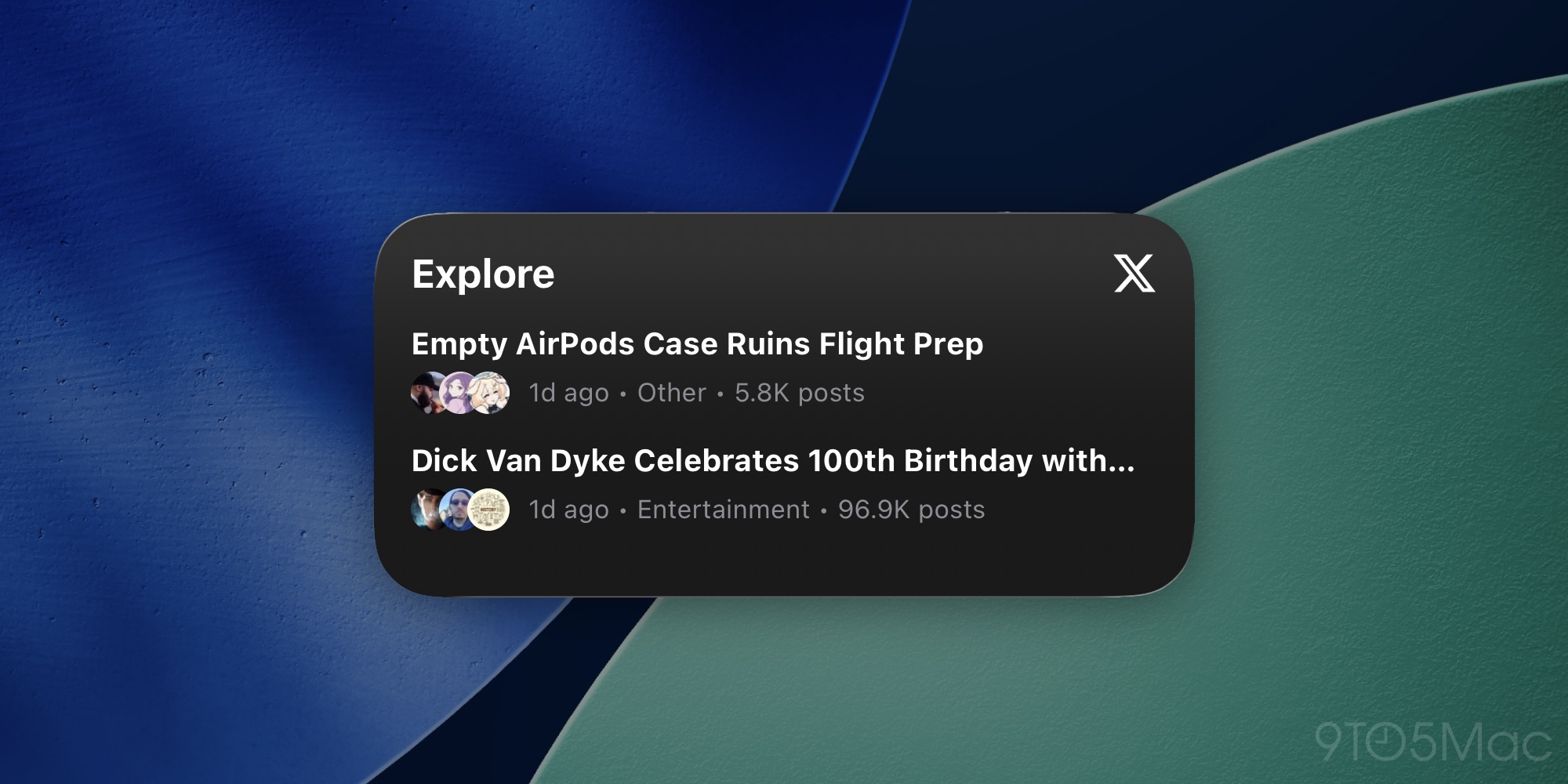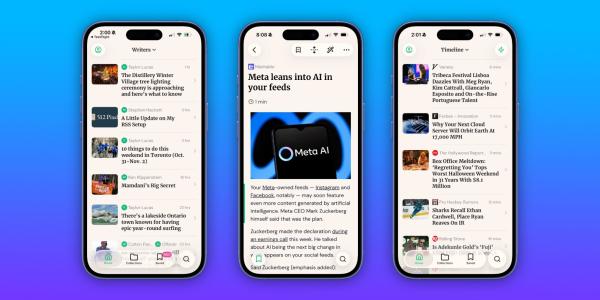-
Feb 22, 2025, 7:22 am1.1k pts Special Content
Special Content
In today's digital landscape, children have unprecedented access to technology. The age at which kids receive their first smartphone is steadily decreasing, with many now getting devices even before middle school.
This trend is reflected in global statistics. According to The Guardian, data from the UK reveals that by age 11, 91% of children in the country own a smartphone. A similar study of 19 European countries found that 80% of children (aged 9-16) use one to go online daily.
Meanwhile, surveys show a significant prevalence of smartphone ownership among US children, with 42% having one by age 10 and 91% by age 14. While these tools provide education and connectivity, they also expose young minds to content they may not be ready for.
Apple's iPhone, a favorite among young users, provides strong parental controls to balance digital exploration and safety. This article explores how parents can leverage these tools while addressing the broader challenges of raising children in an increasingly connected world.
The Growing Need for Parental Controls
Recent studies paint a concerning picture of youth digital consumption. As Fortune reports, psychiatrists treating young people with digital addiction see many patients spending over 40 hours per week on screens. Alarmingly, some patients spend up to 80 hours per week on screens.
Consider this: just 50 hours of weekly screen time between ages 13 and 18 equates to more than 12 years of school. This staggering statistic underscores the pervasive influence of technology on young lives.
High-profile cases further highlight the urgency. The Instagram lawsuit, filed by multiple states, alleges Meta knowingly designed addictive features and failed to protect young users from harmful content.
According to TruLaw, the lawsuit specifically targets these features on Instagram and Facebook, claiming they have harmed children's mental health. It alleges internal research revealed Instagram's negative impact on teen mental health, particularly body image, yet the company prioritized engagement over wellbeing. The suit seeks substantial penalties, injunctive relief, and increased oversight.
This legal action underscores a critical reality: technology companies may not always prioritize child safety without external pressure. Consequently, parents must proactively utilize available protection tools while advocating for stronger industry-wide safeguards.
Understanding iPhone's Screen Time Controls
Apple's Screen Time feature provides one of the most user-friendly parental control systems, helping families manage digital habits effectively.
According to USA Today, here are key settings parents should explore:
- Set up a child account - Parents with Apple devices can create a family group and set up a child account to monitor usage, approve purchases, and manage content. They can also add another guardian for shared oversight.
- Set up the device- Using Quick Start, parents can easily configure a child's device by placing it near their own and following the on-screen instructions. Parental controls can be adjusted anytime after setup.
- Manage screen time settings- Parents can set limits for app usage individually or by category and receive weekly activity reports. Kids can request extra time, which parents can approve through their device or with a passcode.
- Enable downtime and restrictions- Downtime blocks certain apps or notifications during specific hours, like bedtime. Restrictions prevent children from installing apps, making in-app purchases, or accessing adult content.
- Set communication limits and safety features- Parents can control who their child communicates with and enable Communication Safety, which detects sensitive images in messages and requires a passcode to view.
Setting Up Effective Boundaries
The most successful approach to iPhone parental controls involves a thoughtful strategy rather than simply enabling maximum restrictions. Consider these principles when configuring your child's device:
- Age-appropriate limits: Different developmental stages require different boundaries. While a 10-year-old might need strict content filtering and time limits, a 16-year-old may benefit more from moderate monitoring that respects their growing autonomy.
- Collaborative rule-setting: Involving children in establishing digital boundaries increases their buy-in and teaches valuable self-regulation skills. Discuss which apps are appropriate, reasonable time limits, and consequences for circumvention attempts.
- Focus on critical protections: Prioritize safeguards against high-risk activities like unrestricted internet browsing, communication with strangers, and excessive screen time during homework or bedtime hours.
- Regular reassessment: Digital boundaries should evolve as children mature. Schedule periodic discussions to evaluate current controls and adjust as appropriate, gradually increasing responsibility as children demonstrate readiness.
Best Practices for Managing Digital Safety
While iPhone parental controls provide essential safeguards, technology alone is not enough. Parents must foster digital literacy and open communication to help children navigate online spaces responsibly.
According to UNICEF, engaging in open conversations is key. Instead of focusing on restrictions, ask your child how they feel about technology-what they enjoy and what frustrates them. Encouraging self-reflection on how digital activities impact their mood and well-being helps build trust and makes setting limits a collaborative effort.
Prioritizing offline activities is also important. Rather than discouraging screen time, support real-world engagement by encouraging schoolwork, in-person social interactions, household responsibilities, and physical activity. This balance helps children develop healthier relationships with technology.
Modeling healthy screen use plays a crucial role as well. Kids learn by example, so setting personal boundaries-such as keeping devices out of bedrooms overnight-demonstrates responsible habits. Explaining the importance of sleep and mental well-being reinforces these boundaries.
Additionally, understanding teens' online behavior is essential. Experts suggest using unexpected yet engaging conversations to reveal online habits. Asking fun questions-like whether aliens exist-can lead to discussions about digital sources. This approach allows parents to uncover the platforms their kids frequent and promotes safer online interactions.
Frequently Asked Questions
At what age should I give my child an iPhone with parental controls?
There's no universal "right age" for smartphone ownership, as children's maturity levels vary significantly. Most child development experts suggest holding off until middle school (around ages 12-13) when children can better understand digital consequences. Start with a limited device like an Apple Watch or a tightly controlled iPad before transitioning to a smartphone.
My child keeps finding ways around Screen Time limits. What should I do?
First, have a conversation about trust and the reasons behind the limits rather than immediately escalating restrictions. Technical solutions include setting up a separate, secure Screen Time passcode and enabling Content & Privacy Restrictions under Screen Time. You may also consider using your Apple ID for their device setup instead of allowing them to have their own.
How can I monitor my child's social media without invading their privacy?
You can monitor your child's social media by setting clear boundaries, discussing privacy expectations, and using built-in monitoring tools like activity reports. Encourage open conversations about online safety, respect their privacy, and agree on mutual rules for acceptable behavior. Trust and transparency are key to fostering healthy digital habits.
iPhone parental controls offer valuable tools for families navigating the complex digital landscape. However, their effectiveness ultimately depends on implementation within a broader framework of digital citizenship education. The most successful approach combines thoughtful technical safeguards with ongoing conversations about healthy technology relationships.
As the digital environment continues evolving at a rapid pace, parents must remain engaged, informed, and adaptable. By treating parental controls as just one part of digital parenting, families can help children build the skills to navigate online spaces responsibly.
Trending Today on MacHash
MacHash is your real-time Apple news aggregator, delivering the latest headlines on Apple, Mac, iPhone, iPad, and iOS from top sources across the web.
As a powerful content discovery platform, MacHash continuously curates breaking news, product announcements, software updates, reviews, and industry insights related to Apple Inc. and its ecosystem.
MacHash helps you stay informed on everything from macOS and iOS developments to Apple Watch, AirPods, and the latest in tech and app innovation.
Access MacHash from your desktop or mobile device to explore, follow, and share the most trusted Apple news all in one place.















